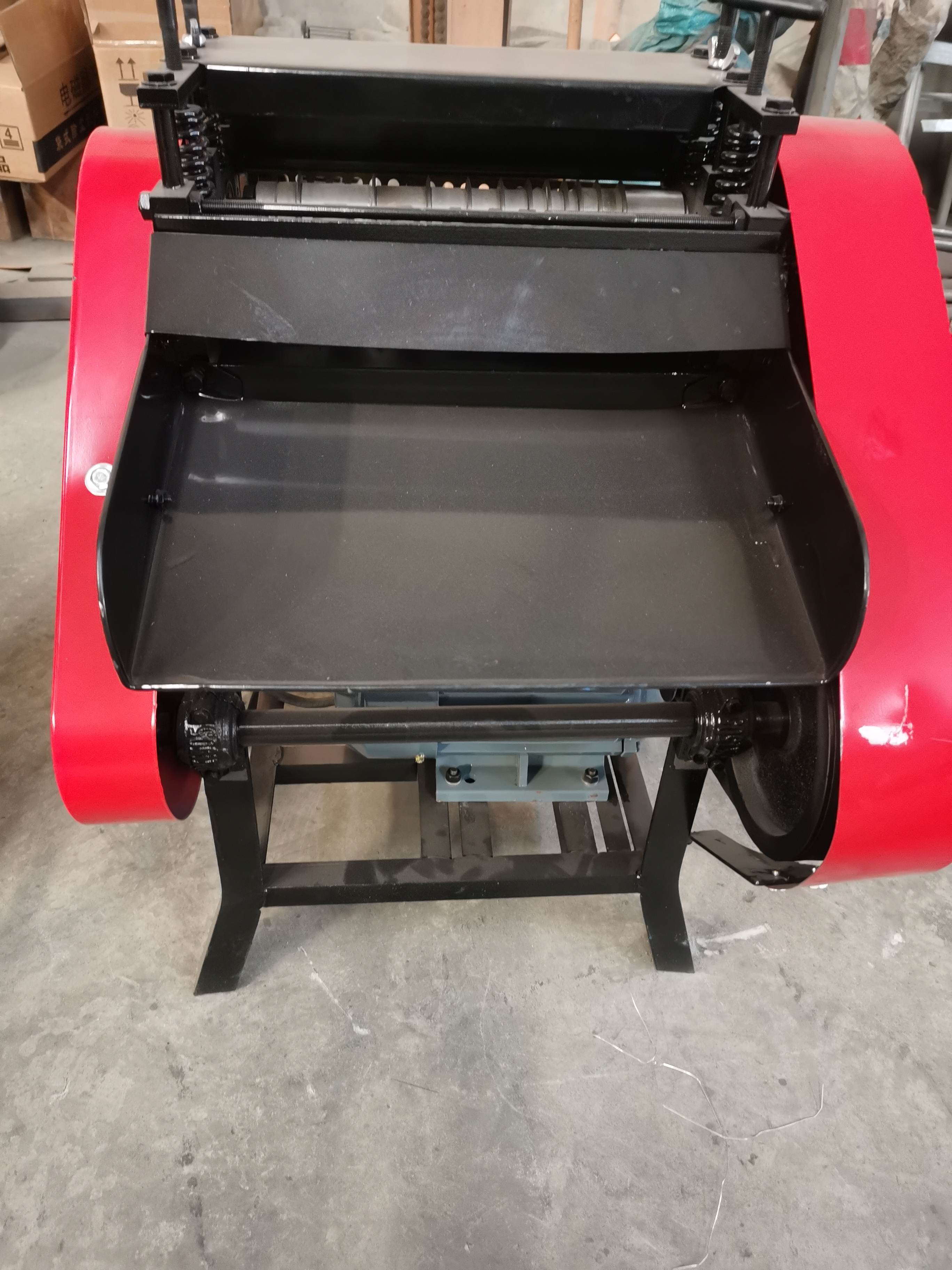Navigating the world of metal recycling can be fraught with complexities, but using a copper wire recycling machine can significantly streamline the process, making it more efficient, economically viable, and environmentally friendly. These machines are indispensable in modern recycling operations and are instrumental in transforming how industries approach sustainability and waste management.

At the heart of copper wire recycling machines lies a robust design tailored to maximize efficiency while minimizing energy consumption. Typically engineered with precision cutting, stripping, and sorting mechanisms, these machines are adept at handling a wide range of wire materials, from thin-gauge household wires to thicker industrial cables. Their versatility is crucial for recycling facilities that handle diverse input materials, each with unique requirements for processing.
For those new to the industry, selecting the right copper wire recycling machine requires understanding its core functionality and the specific needs of the operation. Advanced machines come equipped with automated control systems that can be easily programmed to handle different wire types, significantly reducing the need for manual intervention. This not only speeds up the recycling process but also minimizes labor costs and the potential for human error, thus ensuring high-quality output.

From an environmental standpoint, the impact of these recycling machines is profound. By efficiently recovering copper from discarded wires, these machines facilitate the reuse of valuable materials that would otherwise contribute to environmental pollution. Copper, being a non-renewable resource, benefits immensely from recycling, as it reduces the demand for new copper mining. Furthermore, energy savings during the recycling process are substantial, as producing copper from recycled materials requires significantly less energy compared to extracting and processing virgin ore.
Financially, copper wire recycling machines offer compelling advantages. The reclamation of copper, which is in high demand across various industries, can be a lucrative endeavor. The cost savings from recycling, coupled with the resale value of recovered copper, can swiftly offset the initial investment in these machines. Moreover, for businesses committed to sustainability, the positive environmental impact can enhance the company’s brand value and reputation among eco-conscious consumers.
copper wire recycling machine
In terms of operation, the maintenance of copper wire recycling machines is a critical aspect that cannot be overlooked. Regular inspections and servicing ensure that the machines function at peak efficiency and have a prolonged lifespan. It is vital for operators to be trained in both the operation and maintenance of these complex machines to prevent breakdowns and ensure uninterrupted operations. Additionally, leveraging modern technology, such as IoT-enabled monitoring systems, can provide real-time data on machine health and performance, allowing for predictive maintenance and reducing downtime.
Trustworthiness is a pivotal component in choosing a copper wire recycling machine. Reputable manufacturers provide detailed documentation, training, and ongoing support to ensure their machines meet industry standards and regulations. Furthermore, selecting machines certified by recognized industry bodies can provide additional assurance of quality and reliability.
It's also crucial for recycling operations to stay informed about the latest advancements in recycling technology.
New developments in copper wire recycling can significantly enhance efficiency and output quality. Engaging with industry experts, attending trade shows, and participating in recycling forums are excellent ways to stay updated and implement cutting-edge solutions.
In summary, copper wire recycling machines are not just tools but pivotal components in the quest for sustainable recycling solutions. By choosing the right machine and leveraging its full capabilities, businesses can achieve remarkable efficiency, reduce environmental impact, and gain a competitive financial advantage—all while contributing positively to ecological sustainability. Through careful selection, regular maintenance, and an awareness of emerging technologies, recycling facilities can maximize the benefits that these machines offer.


